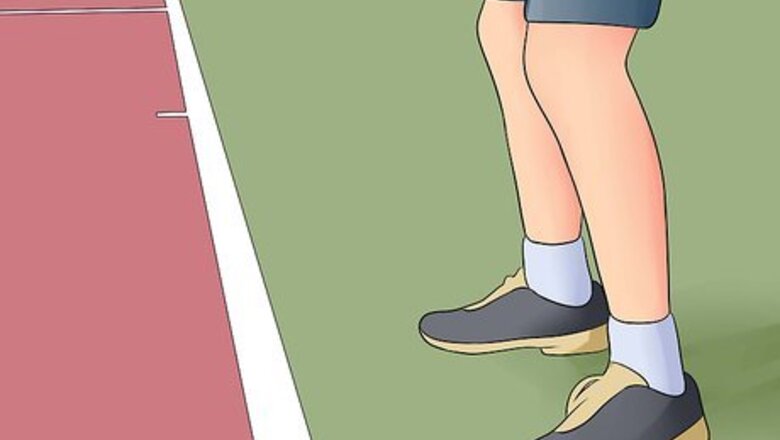
views
Getting into Position
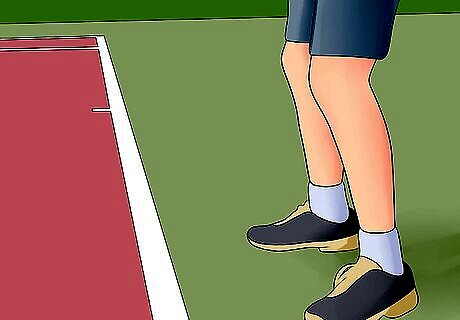
Turn your body perpendicular to your opponent. As soon as you understand that you’ll be returning with a two-handed backhand, get into position by turning your body perpendicular to your opponent. If you’re right-handed, you will have your right foot forward and vice versa for left-handed players.
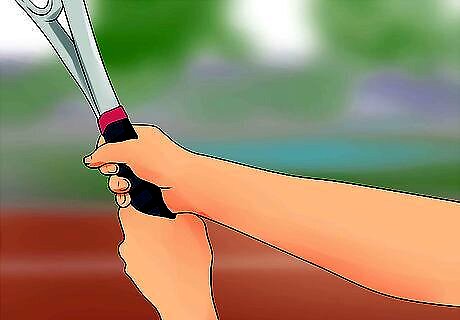
Position your hands in a two-handed grip. A two-handed grip is essentially a continental grip with your dominant hand combined with a semi-Western forehand grip with your non-dominant hand. For players unfamiliar with the various grips, hold your racket looking at the bottom of the pommel with the racket face vertical. Each flat surface on the octagonal grip is a numbered bevel. Start with one on top and number each bevel clockwise until you get to eight (which is closer to what would be 11 o’clock on a clock face). For this grip place the base knuckle of your index finger on bevel two with the center palm of the hand on bevel one. With your left hand above your right, place both the base index knuckle a palm over bevel seven. Mirror this grip for left-handed players.
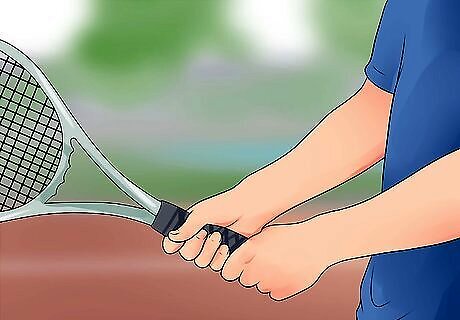
Keep the racket face above your hands. Keep enough bend in your elbows so that the racket face is higher in position than your hands. If you have it racket outstretched too far, then you’re going to steal power away from the swing.
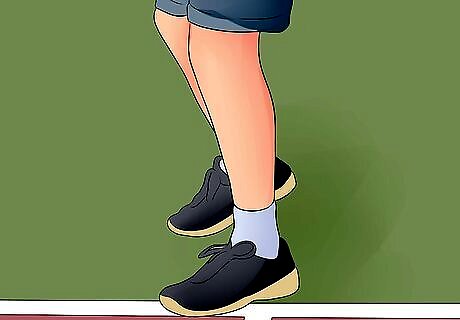
Plant your right foot forward. You’ll transfer power from your back leg to your front leg as you move through your swing, so ensure that you have planted your leg to start. This will be reversed for left-handed players.
Getting the Right Backswing
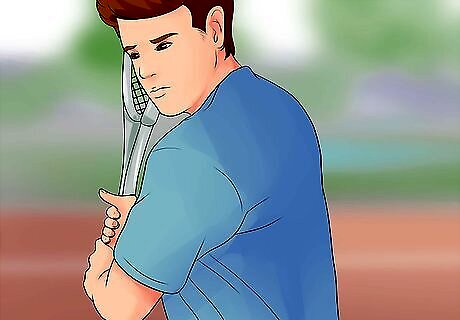
Wind back from the shoulders. Many players tend to twist back at their hips, but you have to remember to pull back from the shoulders. To get the most powerful two-handed backhand, you should pull your arms back until you can practically rest your chin on your forward shoulder.
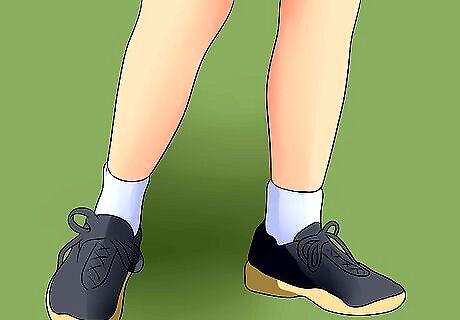
Transfer your weight to your back leg. As you wind back, you’ll feel your weight transfer to your back leg. Make sure that you don’t plant your back leg because as you follow through with the swing, your weight will transfer forward again.
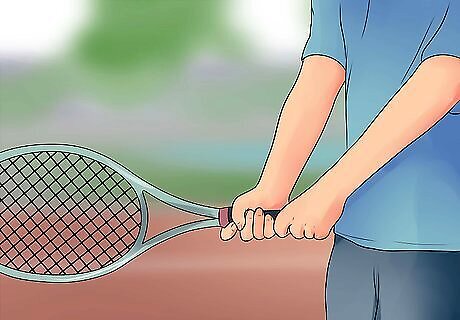
Drop the racket into the slot. The slot is the space about one foot below the height where you will connect with the ball. Don’t swing forward yet. Simply lower the racket into the slot while maintaining the correct grip. Once in the slot, the racket will be pointed very slightly closed face, meaning tilted just barely toward the ground rather than the sky. This is where you want it because as you follow through, your wrist will twist slightly upward to even out the racket.
Getting the Right Swing
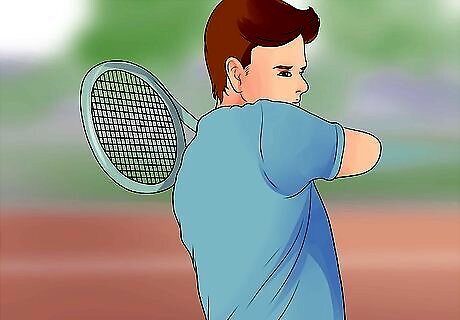
Lift as you swing forward. Since the slot is about one foot lower than the contact point of the ball, you’ll lift as you swing. This allows you to uncoil the power in your shoulders and put enough lift on the ball to clear the net.
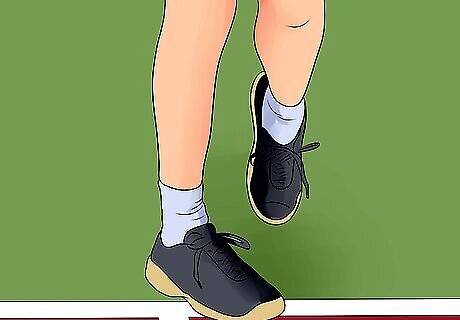
Transfer your weight forward. As you bring the racket around, your weight will transition forward again. As you uncoil, you may even come slightly off your back foot.
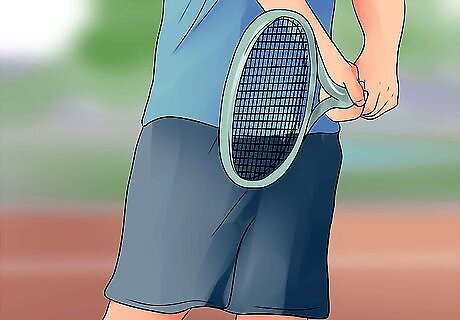
Contact the ball around waist height just in front of your forward hip. The ideal spot to make contact with the tennis ball is just after your swing passes your forward hip and as you’ve lifted the racket right around waist height. This is the spot in your two-handed grip where the racket will be perfectly vertical.
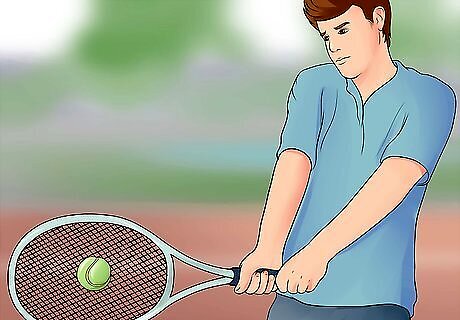
Maintain eye contact with the point of connection. Keep your eyes on the point where the ball makes contact with the racket as you swing through. Many players can prematurely turn their gaze away from the point of contact. By trying to keep your eyes on that point as you swing through, you’re less likely to err on the point go contact.
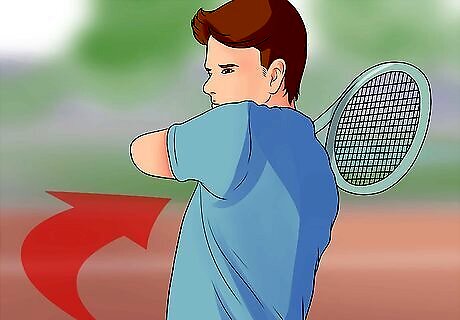
Swing through without lunging. The swing should be powerful yet relaxed so that you don’t throw your entire weight into the swing and lunge forward as you contact the ball. This movement should keep your back relatively straight to stop you from throwing yourself forward. By not throwing yourself forward as you swing through, you also keep yourself in a better ready position to attack the next shot.
















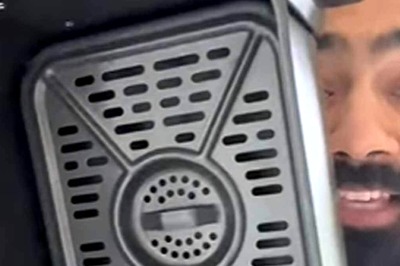

Comments
0 comment